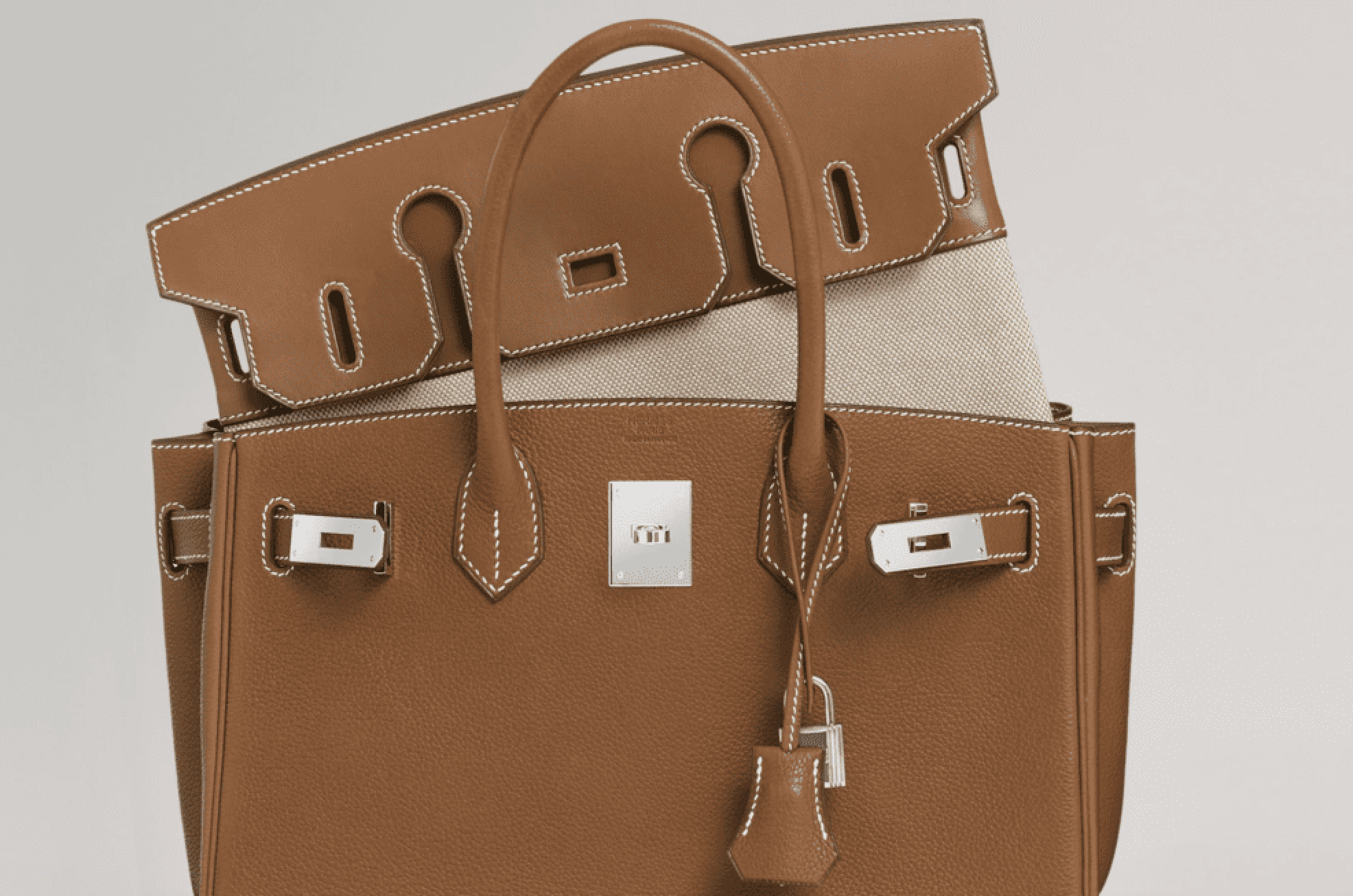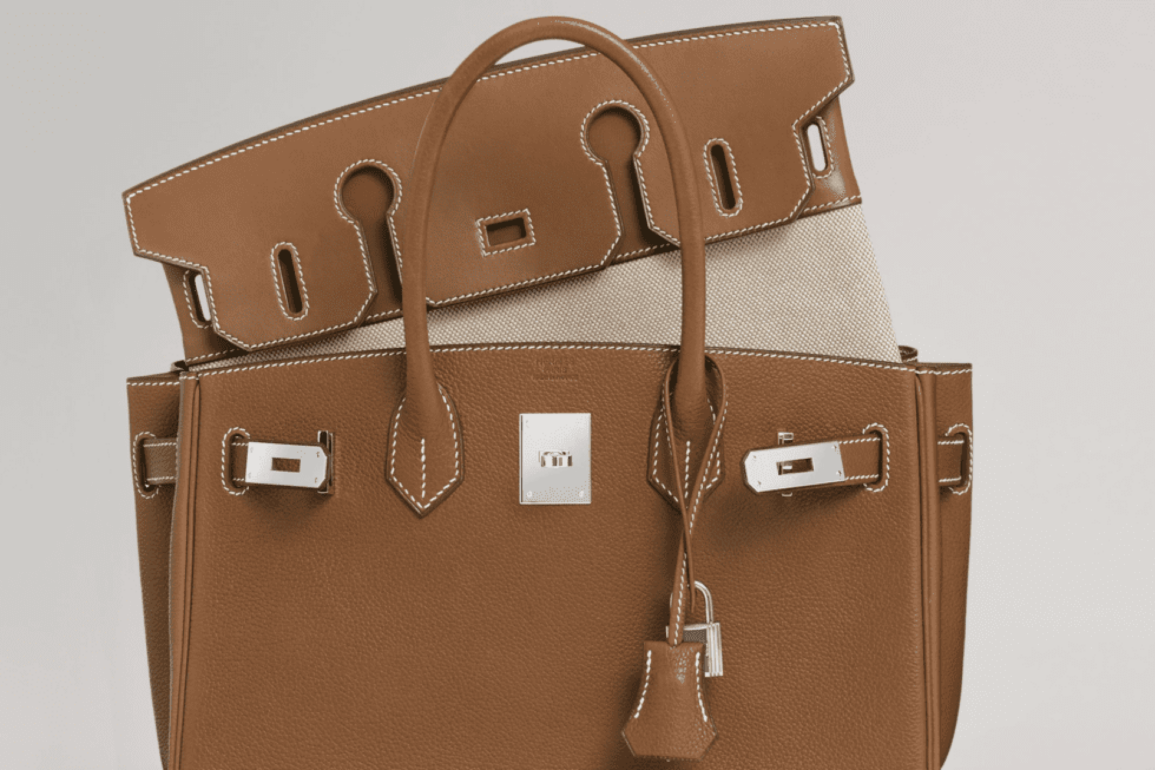
Hermès made headlines this week when it was named in an antitrust and unfair competition case over how it sells its famed Birkin bags. The lawsuit has garnered attention because it sheds light on a long-standing practice that (allegedly) sees the stalwart French luxury goods company limit the accessibility of its most coveted handbags exclusively to individuals that have established purchase histories in its stores, namely, by spending substantial sums on “ancillary” Hermès products, such as scarves, shoes, belts, jewelry, and homewares. While the allegations being levied against Hermès are undoubtedly attention-garnering, it is worth asking whether the plaintiffs’ case, itself, actually has legs.
Looking beyond the surface of the striking allegations at play, Hermès likely has at least a few arguments at its disposal to fend off the monopolization, restraint of trade, and unfair competition claims lodged against it by Plaintiffs Tina Cavalleri and Mark Glinoga. Looking predominately at the monopolization-by-tying claim, the plaintiffs assert that in light of their own efforts to purchase Birkin bags in Hermès stores and allegedly being told by Hermès sales associates that they should “purchase ancillary products” in order to get the chance to “potentially obtain a Birkin bag,” the plaintiffs contend that Hermès is predicating access to its Birkin bags on a requirement that they spend more than the $10,000-plus retail price of a Birkin on other items, thereby, giving rise to an unlawful tying arrangement.
> In short: Hermès allegedly breaches section 2 of the Sherman Act by conditioning the opportunity for a consumer to acquire a Birkin bag (the “tying” product) upon his/her agreement to purchase “ancillary” scarves, shoes, etc. that they would not otherwise buy (the “tied” products) from it.
In Hermès’ Defense …
Among the various things that Hermès could argue in response to the complaint that Cavalleri and Glinoga filed in a California federal court this week, three key arguments come to mind …
A lack of coercion: A key part of establishing an illegal tying arrangement involves the element of coercion. The seller must unlawfully condition the sale of one product on the sale of another product or products. The implication is that the latter products are inferior goods that consumers would not otherwise want and thus, the only way to drive sales of those products is by requiring consumers to buy them as a condition to getting the product they actually want, the Birkin bag in this case. In other words, the sale of the tied products is reliant upon – and propped up as a result of – the seller’s anticompetitive linking of them to the tying product.
Against this background, Cavalleri and Glinoga essentially have to argue that Hermès’ ancillary goods are so undesirable that no one would necessarily buy them but for the fact that Hermès ties their sale to access to Birkin bags.
There may be room for Hermès to chip away at such a claim by arguing that the critical element of coercion is missing since it is not forcing consumers to acquire sub-par goods that would not otherwise be attractive items in the market. One need not look further than (presumably) independent demand for – and the resulting sales of – Hermès footwear and scarves, for example, as indicative of the appeal of these goods. Need further proof of the attractiveness of these products? Consider the striking influx of “dupes” of Hermès Oran and Chypre sandals, or knockoffs of its pricey silk scarves, a phenomenon that also demonstrates demand for these Hermès wares and that is distinct from certain consumers’ quests to build up a purchase profile at Hermès for the purpose of bagging a Birkin.
A loyalty program of sorts: Another potential strategy for Hermès’ counsel to make in response to the plaintiffs’ claims would be to characterize the Birkin-buying model not as an illegal tying scheme, but as something more akin to a loyalty program, such as a frequent flyer program. To the extent that frequent flyer programs are legally above-board, Brian Quinn, a professor at Boston College Law School, who focuses on corporate law, tells TFL that Hermès could argue that its method for allocating these hard-to-get bags is “little more than a fancy version” of a system where consumers rack up points (or in Hermès’ case, purchase histories) by buying the company’s products. When they hit a certain threshold and become one of the company’s most loyal customers, they are offered rewards, which could come in the form of free flights, upgrades, hotel stays, etc. (in the airline context) or the opportunity to buy a Birkin bag.
Given that it is common practice for companies across industries to offer loyalty programs to entice purchases by consumers and “to the extent that the Federal Trade Commission and the Department of Justice are of the mindset that loyalty programs do not amount to illegal tying, then that would be one way for Hermès to characterize this [situation]” and potentially sidestep the illegal tying accusation, according to Quinn.
Market power: Finally, and maybe most interestingly, there is the issue of market power. A successful illegal tying claim requires that the seller have sufficient economic power with respect to the tying product to restrain free trade in the market for that good. In this case, Cavalleri and Glinoga argue that “the unique desirability, incredible demand, and low supply of Birkin handbags gives [Hermès] incredible market power” and that as a result of such power, Hermès is able to “coerce at least some consumers into purchasing ancillary [Hermès] products” as a way to gain access to Birkin bags. (For the purpose of antitrust analysis, market power refers to the level of ability of a company to control prices for a product or service in relation to the level of competition in its industry and its control of supply and demand.)
The plaintiffs’ market power claims are not without nuance, though, and Hermès’ counsel could potentially push back against such assertions (although, I am not sure they will) by arguing that Hermès is not the only source of Birkin bags. In fact, thanks to the rise of the luxury resale market, consumers have the option to buy Birkin bags from an array of other sellers – from specialist resellers, such as Privé Porter, to luxury resale giants like The RealReal – without having to jump through the purchase history hoops put in place by Hermès. Case in point: A quick market search reveals that you can go on The RealReal’s website right now and purchase a Togo Birkin 30 in “Pristine” condition (i.e., showing “no signs of being worn”) for $19,500. That is not only that much more than Hermès’ $12,000 retail price for the bag (as of last year), it is quite a bit less than the overall cost that a consumer would ultimately pay if the alleged ancillary goods purchase requirement is included.
“If Hermès can show that it is possible for someone to buy a similar quality Birkin bag – if not a brand-new bag – at a reasonably comparable price from other sources, that would be a legitimate argument for Hermès to make” on the market power front, Quinn says. “It would be one thing if consumers could only access new or like-new Birkin bags from Hermès,” he notes, but that is no longer the case in light of the robust resale market, and that could have an impact on the strength of the plaintiffs’ claims from a market power perspective.
(It is also worth noting, even just as an aside, that as distinct from their ability to select among many different Birkin bags when shopping with luxury resellers, consumers routinely have little choice when it comes to the color, material, hardware, etc. of the Birkin bags that are ultimately offered up to them by Hermès. Their selection is limited to the bags that are available to their sales associate at a specific point in time. So, it could be argued that the selection of bags boasted by the likes of The RealReal, Rebag, Privé Porter, and others very well may be greater than from individual Hermès stores.)
What is at Stake?
Making arguments aimed at diminishing its own market power would not necessarily be without drawbacks for Hermès, which relies heavily on the might and the mystique of its Birkin bags (and Kelly bags, too) in order to continue to drive demand for them but also to fuel its larger business. Should it opt to very publicly make clear to consumers that it is no longer the only place to acquire authentic Birkin bags, that could serve to significantly chip away at the enduring appeal of these ultimate “it” bags. And if the plaintiffs’ allegations are to be believed, that impact would trickle down to the rest of Hermès’ sales, which are allegedly being propped up in no small sense by consumers’ desire to play the purchase history game to get their hands on Birkins.
As for how easy it will be for Cavalleri and Glinoga to find other allegedly-aggrieved individuals who will want to join in their lawsuit against Hermès, Privé Porter co-founder Jeff Berk has doubts that the number of additional named plaintiffs will be sizable. “There are still a lot of people out there who will not want to piss off Hermès and ruin their chances of getting a Birkin ever again.”
The case is Cavalleri, et al. v. Hermès International, et al., 3:24-cv-01707 (N.D. Cal.)
This post was originally published on this site be sure to check out more of their content.









